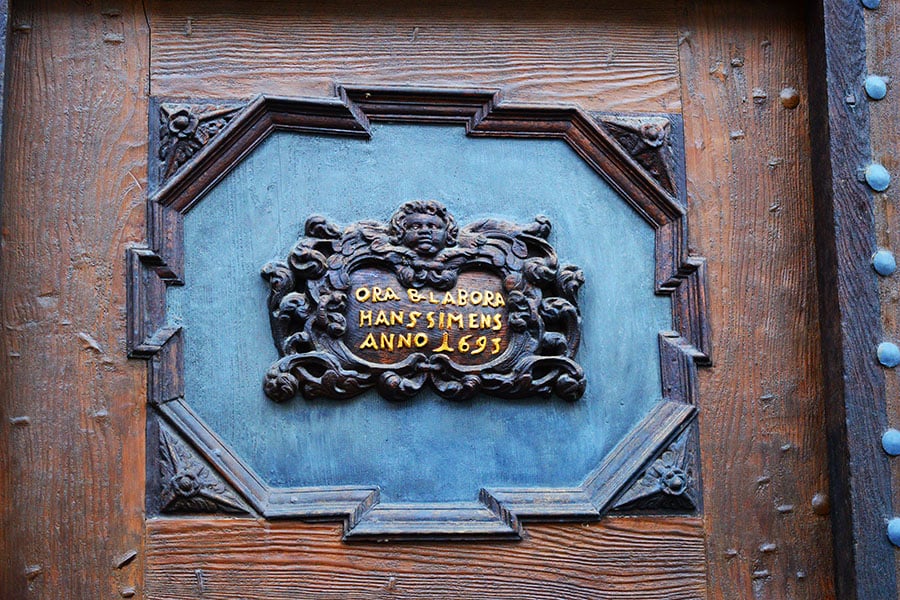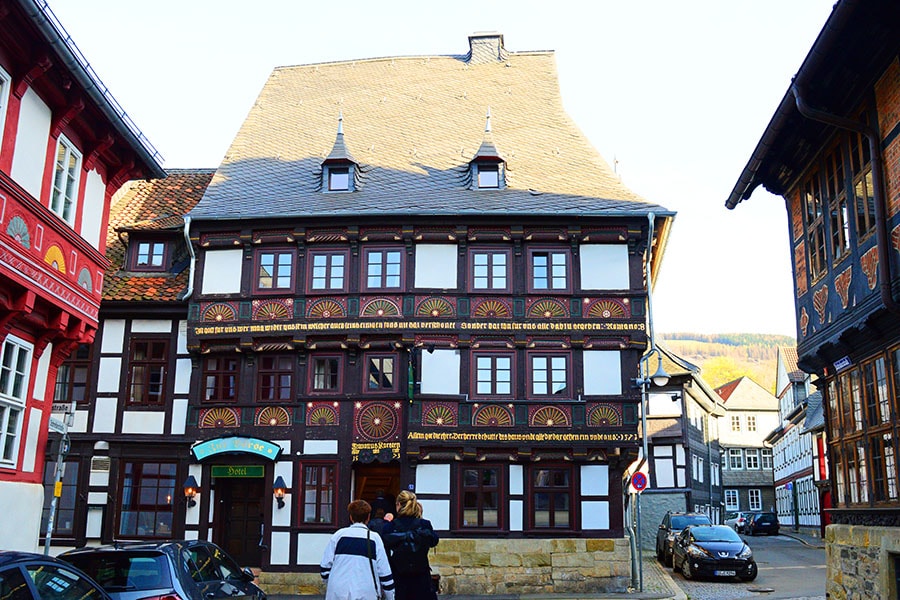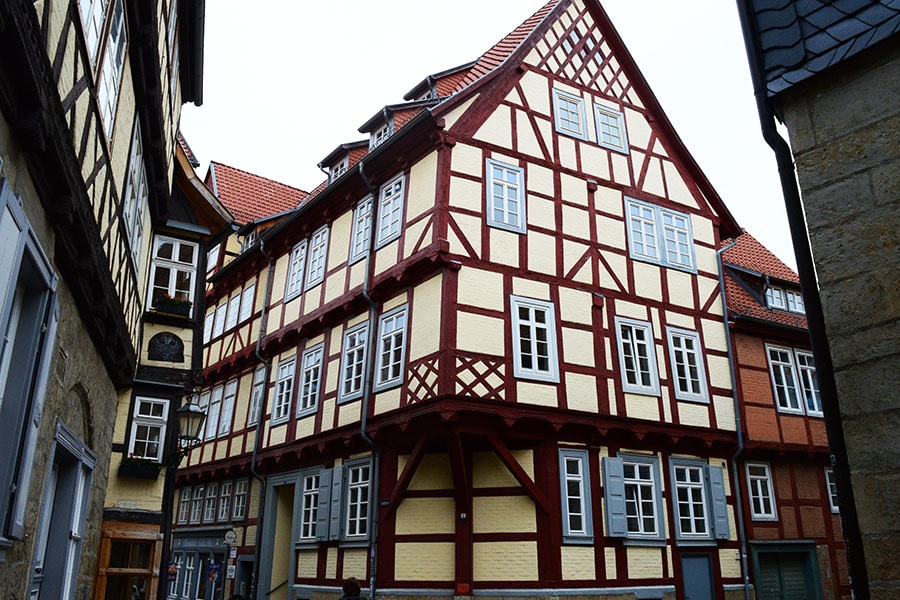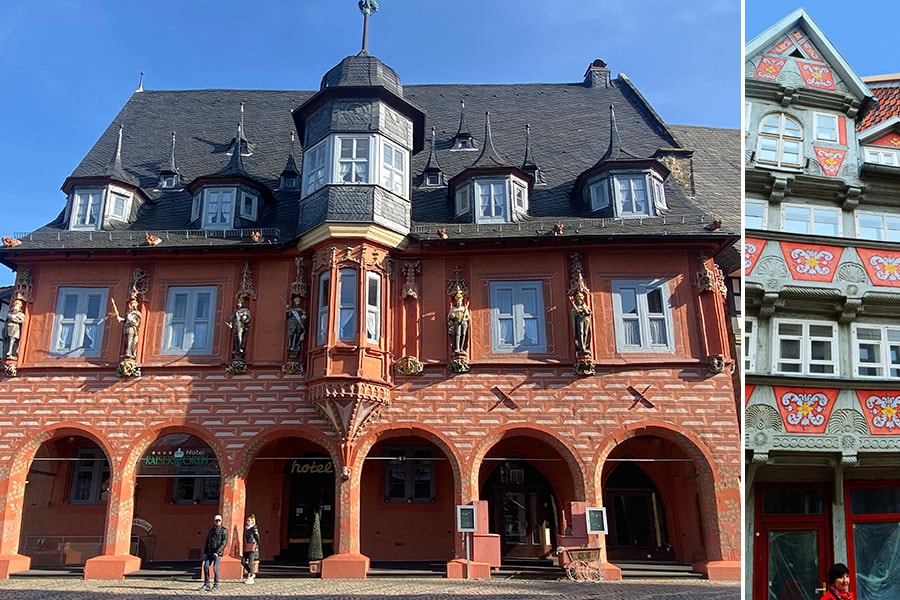
In Goslar in Germany, colourful facades and crooked gables boast a proud legacy
The Old Town of Goslar has been declared a UNESCO World Heritage Site thanks to its 1,500 well-preserved half-timbered houses from different eras dating from the 15th to 19th centuries
 The Siemens Family Ancestral Home, a classic half-timbered house built in 1693 is one of the largest and best-preserved mansions in Goslar.
Images: Vijaya Pratap
The Siemens Family Ancestral Home, a classic half-timbered house built in 1693 is one of the largest and best-preserved mansions in Goslar.
Images: Vijaya Pratap
Long ago in Regensburg- Germany, I took a trip on the River Danube. As the boat glided past on the serene waters, I saw beautiful houses, like in a fairy tale setting: Known as ‘half-timbered’ houses, their colourful facades and crooked gables coupled with wooden beams, decorated with golden inscriptions and carvings, had a quaint charm with an irresistible appeal to the modern eye. Much fascinated by these unique and pretty structures, I wanted to know more about them. The opportunity came up during my recent visit to the enchanting town of Goslar in Lower Saxony (Germany), where this vernacular construction technique called ‘Half Timbering’ was born.
What is half-timbered?
The Collins dictionary defines the term simply as, “Half-timbered is used to describe old buildings that have wooden beams showing in the brick and plaster walls, both on the inside and the outside of the building”.But it is much more than mere wooden beams, brick and plaster: This window to a medieval lifestyle goes beyond architecture to tell a tale, of its history and construction. The stuccoed exteriors and pastel-coloured facades in dark wooden frames make you fall in love with the beautiful masterwork of those medieval masons.





















